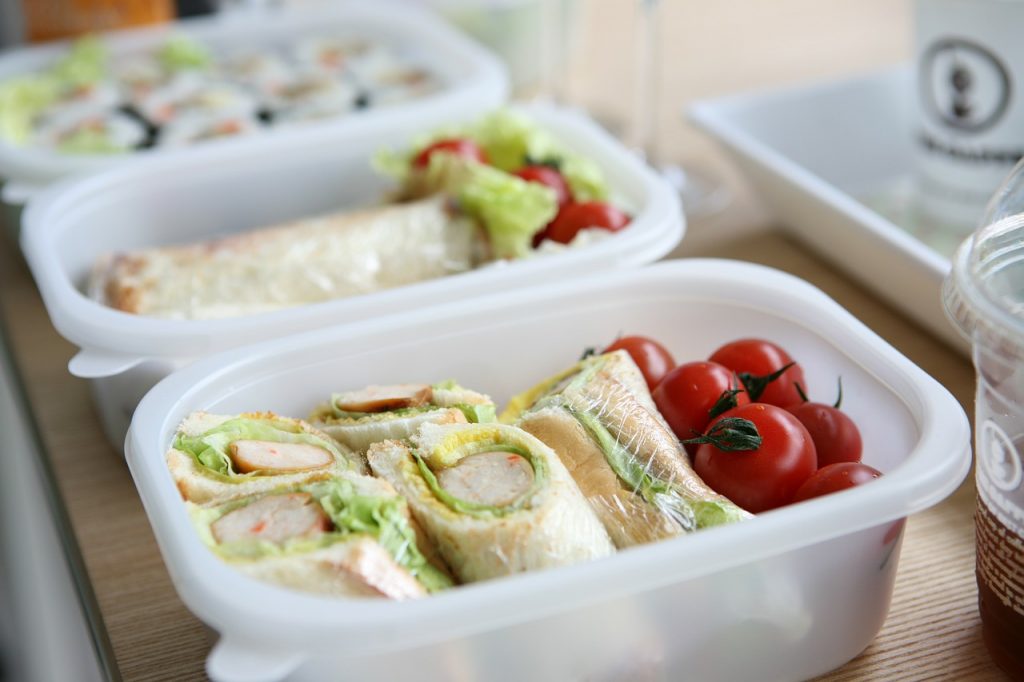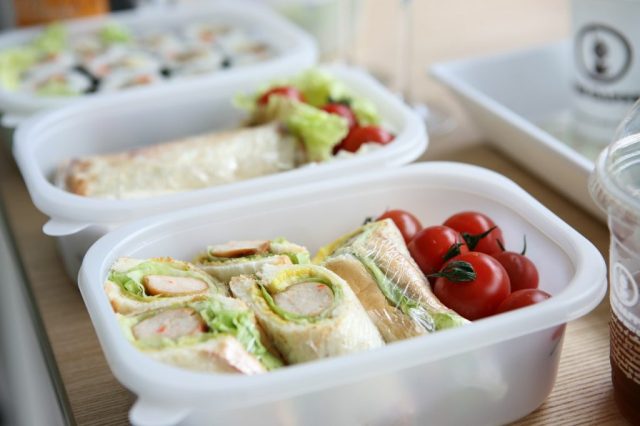
My kids go to a school where there is no cafeteria, so we have to pack lunches. Every. Single. Day. And while my husband is in charge of school day breakfasts, I still have the task of overseeing school lunches. As someone who thinks about feeding families for a living you it would be expected that this wouldn’t bother me so much, but packing lunches is a job I find to be extremely tedious.
Last year, when they were in 2nd and 4th grades, I decided that it was time for the boys to start packing their own lunches. There were definitely days when it didn’t go as planned, days when I threw up my hands and just packed the lunches because otherwise the boys never would have left on time, but for much of the year, they successfully pulled their own lunches together every day. And it was awesome.
Now that we have done it for a year in my house, I wanted to share the lessons that I have learned and thoughts on what I will do differently this year.
#1. Be clear on expectations, then step back.
Before the school year started, we reviewed what makes up a healthy lunch: one main, one fruit, one vegetable, one optional extra, and water. Time after time, I would notice them referencing the sheet I posted on our pantry door as they made their choices. For the most part, they did a tremendous job sticking to the guidelines.
Part way through the year, though, I noticed an occasional reluctance to add a vegetable. I reminded, cajoled, and generally got pretty nag-y about it. Surprise, surprise I made no headway with that approach. So instead we talked about it. I learned that they had grown sick of many of their favorites because they had chosen them over and over again. So we decided that we would generate a list of vegetables they would be open to having in their lunches and would work to do a better job of rotating through them. We also agreed that the first choice was to include a vegetable, but that when there wasn’t a vegetable option that appealed to them, they could have two fruits instead.
This year I will work to have a variety of pre-approved vegetables on hand, so that they don’t go onto a food jag and get sick of a go-to, and will also be more flexible with the fruit.
#2. Pre-prep for easy grabbing.
At the beginning of the year I was gung-ho about pre-chopping veggie sticks and keeping the freezer stocked with quick main dish options such as muffins (to go with cheeses or another protein), English muffin pizzas, and baked chimichangas. As the year went on, though, I started to slip and the supplies weren’t as readily available. This meant that then there’d be a morning scramble to get lunches pulled together and I’d end up in the kitchen chopping up carrots, which then would somehow turn into my packing the whole lunch.
This year, I am going to be more disciplined about stocking up the fridge and freezer each weekend so that we don’t fall back into that pattern.
#3. Leftovers are key.
My eldest is not a big sandwich fan so for years, we have struggled to find good lunch box foods for him. Quesadillas are a staple, as are bread and cheese platters. But this past year we also started doing a lot more leftovers. Some he’d heat up and put in a thermos and others he’d happily eat at room temperature.
This year, I will work to take advantage of this further. I plan to double recipes that I know he’ll want leftovers of when I cook dinner so that there is enough for lunch the next day.
#4. Teach them about leaks.
After a few leakage incidents involving yogurt, I had to make sure to teach my youngest which containers could hold liquids and which might leak. After that, the lunch boxes came home much cleaner, but despite our best efforts there were some further leaking incidents and I am still traumatized by the disgusting mess that was his lunch box.
So this year I am planning on stocking up on more leak-proof containers.
On top of the excitement and gratification I felt when I saw them packing their own lunches, there were two other unexpected benefits that I observed that I think are important to highlight. 1). The lunches came back more completely eaten. I think this was because they felt more ownership (and excitement) about what was in their lunches and because they know their stomachs better and actually packed less than I did. 2). By packing their lunches and repeatedly referring to our healthy lunch cheat sheet, they learned more about eating a balanced meal.
I’m not going to lie, by setting up our lunch packing system like this does not mean I am not completely free of the burden of school lunches. At times it can still feel like a lot of think about. But the benefits are real. They are becoming increasingly independent when it comes to lunch packing, they are learning lessons about healthy eating, and my mornings are a little less miserable. And that makes it 100% worth it.











